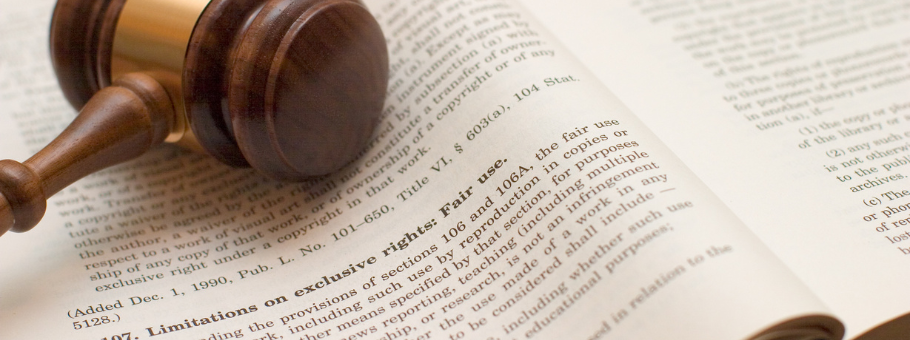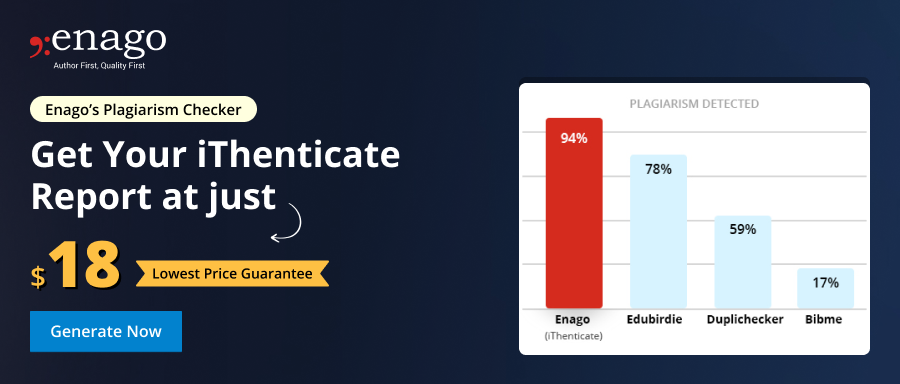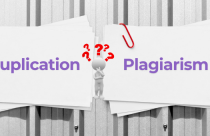When Does Fair Use Become Plagiarism?

The term “fair use” refers to the legal, ethical, and limited use of copyrighted material, with no requirement for the permission of the copyright holder. In fact, fair use represents a considerable limitation on the otherwise exclusive rights of the holder of a copyright. With increasing access to advanced plagiarism detectors, ensuring compliance with fair use principles has become more achievable, helping users avoid crossing ethical and legal boundaries.
Fair use is regarded as a legal gray area since there is limited guidance or legal precedence beyond four broad factors:
- Purpose and Character of Use– was the material copied for educational purposes or commercial use for a profit venture?
- The nature of the copyrighted work– the closer the work relates to the original creativity of the author, the less likely it will be considered fair use.
- The amount and substantialityof the work used in relation to the whole – the shorter the amount, the more likely it will be treated as fair use.
- The effect of the use on the potential market for the work– are you taking food from the author’s plate?
The Critical Role of Attribution
Any attempted defense against plagiarism or direct copyright infringement will live or die on the presence of clear attribution. If the questionable use of copyrighted material was clearly attributed to the holder, then the debate moves on to the four factors. If there is no attribution, as in a case of alleged plagiarism, there is no fair use option – you copied someone else’s work and, deliberately or otherwise, presented it as your own. One can adopt self-checking their plagiarized content with a plagiarism detector.
The Growing Prevalence of Plagiarism
According to a 2013 survey conducted by PlagiarismAdvice.org, 92% of teachers said that their students plagiarized work, and nearly 30% thought that incidents of plagiarism were on the rise. There are possible reasons for this:
- Ease of use– a large block of text can be cut and pasted with one swipe of your mouse.
- Insufficient preparation– under an assignment deadline, it’s easier to cut and paste someone else’s work and take the gamble that the instructor won’t run your paper through turnitin or any other plagiarism detector.
- Lack of developed academic skills– do students really understand what plagiarism is and what the consequences are?
Confusion of Terminology
Copyright litigation against infringement of a copyright holder’s exclusive rights is a complex, combative, and extremely lucrative area of legal work. The prevalence of cases and case studies on the web has resulted in considerable confusion over the terms plagiarism and fair use. How often have students defended including a short paragraph of unattributed text as “inadvertent plagiarism” because they thought the act constituted fair use of the material?
We can only hope that the lack of developed academic skills on this issue is addressed prior to undergraduate studies. In the likely event that it doesn’t, it falls to professors and research supervisors to ensure that rules of appropriate attribution and proper use of plagiarism detectors are given the attention they deserve.










